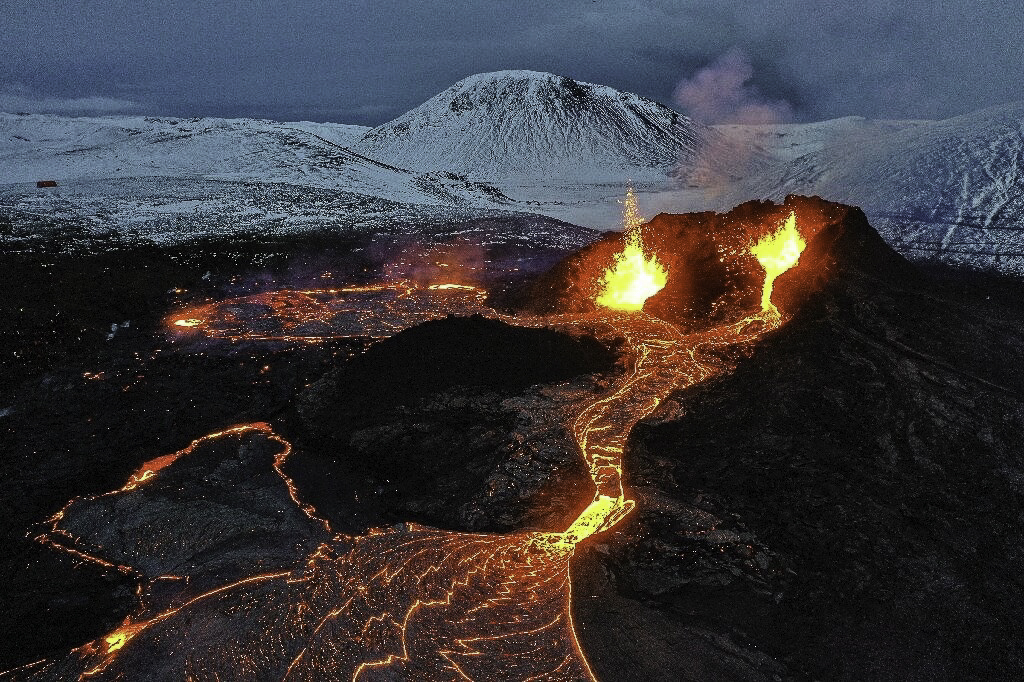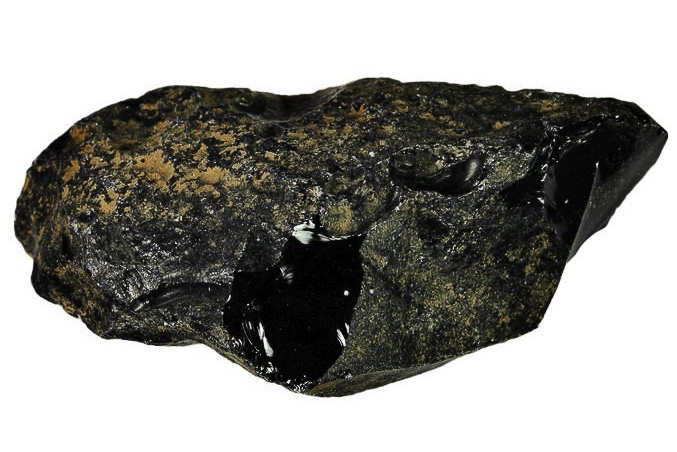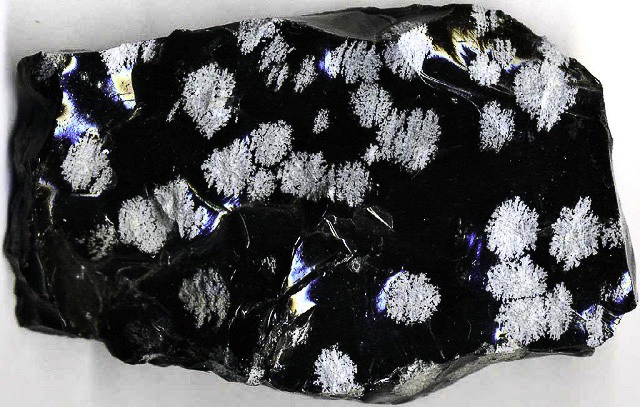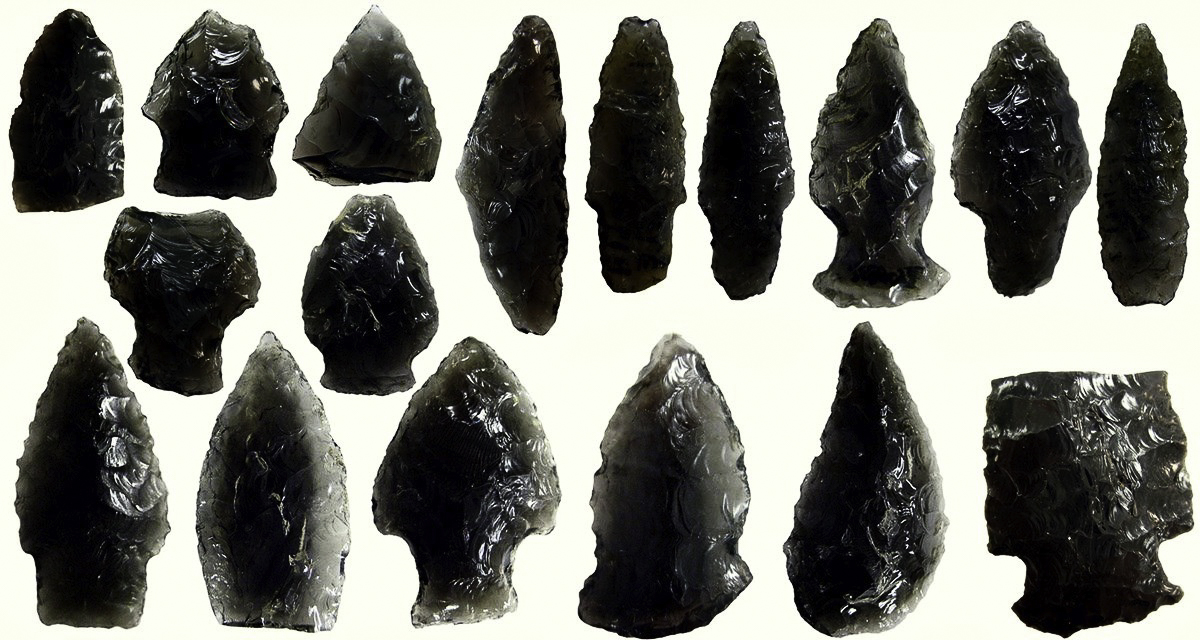ePostcard #128: Glass in Nature (Part 3)
Photo Credit: Courtesy of the Icelandic Meteorological Office (via phys.org). Dateline: Reykyavik, Iceland March 20, 2021.
This dramatic image captures volcanic glass in the making in Iceland! A long-dormant volcano on the Reykjanes Peninsula in southwest Iceland flared to life last March after tens of thousands of earthquakes were recorded over a 3-week period. The volcano is located about 25 miles from Reykjavik, Iceland’s capital city, and was the area’s first volcanic eruption in nearly 800 years. The spectacular volcanic eruption disgorged a steady stream of lava, which flowed into the Geldingadalir valley of Mount Fagradalsfjall. Iceland, located above a volcanic hot spot in the North Atlantic, averages one volcanic eruption every four to five years. The last one was at Holuhraun in 2014, when a fissure eruption spread a lava flow the size of Manhattan over the interior highland region. In 2010, ash from Iceland’s Eyjafjallajokull volcano shut down international air travel for several days.
GLASS IN NATURE: GEOLOGIC ORIGINS
Glass in nature can be formed by several geologic processes, all of which involve either molten magma or the high-temperature melting of silica-rich sand and/or rocks at or near the Earth’s surface that cool so rapidly that there is not enough time for a crystalline structure to form, which gives the resulting rock a distinctively glassy texture.
The most common and widespread of these natural glasses are volcanic glasses, which are produced when lava is extruded or erupted at the Earth’s surface. Other geologic origins of glassy-textured rocks include those created when large extraterrestrial bodies, such as meteors or asteroids, crash to Earth with such heat-generating force that they can melt and transform the terrestrial rocks in their zone of impact. Lightning strikes can also generate high enough temperatures to melt and vaporize rock, such as the tube-like structures called fulgurites that form when the lightning hits silica-rich sand. The underground burning of organic material, like oil or coal, can melt rock and produce combustion-metamorphic glasses. Glasses called frictionites are sometimes produced by the frictional heat generated at the base of a massive landslide or during faulting related to tectonic activity deep within the earth.
Due to the abundance of silicon in the Earth’s crust, natural silicon-based materials have been used by humans for thousands of years. Just as the Stone Age, Bronze Age and Iron Age are defined by the dominant materials used during those stages of civilization, the late 20th to the early 21st century is known as the Silicon Age (or Digital Age) because of the profound importance of elemental silicon to today’s electrical technologies and to the world economy. When you think about the complexity of a computer chip or the integrated circuits that power the modern electronic technologies we depend on, from computers to cell phones to microwave ovens, we need to remember that silica-rich sand set the stage for human creativity. Because silicon is an important element in high-technology semiconductor devices, many places in the world bear its name. For example, California’s Santa Clara Valley acquired the nickname Silicon Valley, as the element is the base material in the semiconductor industry there.
VOLCANIC GLASS
Volcanic glass is the amorphous (uncrystallized) product of rapidly cooling magma, and like all types of glass, it is a state of matter intermediate between the close-packed, highly ordered array of a crystal and the highly disordered array of a gas. The type and color of volcanic glass is determined by the composition of the lava, either felsic (high SiO2 content) or mafic (low SiO2 content) and the type of eruption that produced it. Geologically speaking, the term volcanic glass can refer to any of several types of vitreous (glassy textured) igneous rocks. Most commonly, it refers to obsidian, which is a rhyolitic glass (felsic) that results from the rapid cooling of silica-rich lavas. Because of their high silica content, felsic lavas do not behave like the mafic, or silica-poor, lavas you might have seen on the island of Hawaii. Obsidian can be found in locations which have experienced silica-rich (rhyolitic) eruptions, such as those in Argentina, Armenia, Azerbaijan, Australia, Canada, Chile, Georgia, Greece, El Salvador, Guatemala, Iceland, Italy, Japan, Kenya, Mexico, New Zealand, Papua New Guinea, Peru, Scotland, Turkey and the United States.
Photo Credit: Courtesy of Fossilera (fossilera.com). This piece of obsidian is from Mexico and has a weathered exterior and a fresh break that shows that the interior of the rock has a glassy luster.
Photo Credit: Courtesy of geologyin.com. This stunningly beautiful specimen of snowflake obsidian results from inclusions of small, white, radially-clustered crystals of cristobalite, which produce a blotchy or snowflake pattern in black volcanic glass.
Photo Credit: Courtesy of National Park Service, Gates of the Arctic National Park and Preserve, U.S. Department of the Interior.
This collection of obsidian projectile points comes from archeological excavations within Gates of the Arctic National Park, Alaska. Hundreds of obsidian artifacts have been recovered by Park archeologists from investigations throughout Gates of the Arctic. So far, close to 200 artifacts have been analyzed using X-ray fluorescence (XRF). The obsidian entered the central Brooks Range almost exclusively from the Batza Tena source on the Koyukuk River, more than 125 miles south of the park.
The lack of any crystalline structure makes obsidian the perfect raw material for manufacturing stone tools because its glassy texture flakes easily to create a sharp edge. Did you know that a tool blade made from obsidian can be sharper than a modern surgical steel scalpel? Wherever prehistoric people around the world had access to volcanic glass, they learned to skillfully chip and sculpt obsidian to form extremely sharp and effective cutting tools. Prehistoric people were undoubtedly accomplished geologists and during their travels paid particular attention to the land and its resources. They actively prospected for raw materials important to their way of life, and at the same time acquired an intimate knowledge of their environment. Thousands of years ago people living in the central Brooks Range, for example, exploited obsidian sources that contemporary geologists have yet to rediscover. Were these sources simply “mined” out or were they hidden from view by morainal debris from advancing Holocene glaciers?
Archeologists studying the peopling of the Americas are especially interested in obsidian projectile points, hide scrapers and other tools because they are developing increasingly sophisticated ways of sourcing where each piece of obsidian was collected and how far a person, thousands of years ago, carried their tools. This research is possible because each geographic source of obsidian has a unique geochemical signature—the proportions of trace elements present in that specific volcanic eruption when it cooled to form volcanic glass. The most reliable method of obsidian sourcing involves using X-ray fluorescence (XRF) or Inductively Coupled Plasma-Mass Spectrometry (ICP-MS) to detect the combination and proportions of trace elements. Tracing obsidian artifacts to their original source provides archeologists with a better understanding of the connections between archeological sites, cultural relationships such as trade, and even long-distance human migrations over time.
To help build global awareness, we would appreciate it if you would share this post with your friends and colleagues. Please choose one of the options below which includes email and print! Thank you.





Dear Audrey,
Jim would have loved this blog entry! Thank you for your stories to understand the world.
With best regards and always in our mind
uwe and Christa